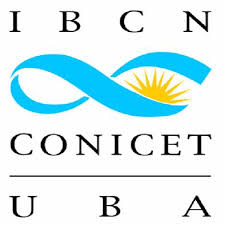We demonstrated that tectal EphA3 stimulates axon growth of nasal retinal ganglion cells (RGC) toward the caudal tectum preventing them from branching in the rostral tectum. GDNF and BDNF stimulates RGC axon growth.
Our purpose was to study the individual and combinatorial effects of EphA3, GDNF and BDNF on RGC axon guidance.
We cultured chicken embryo nasal retinal explants and dissociated RGCs and exposed them to control conditions, to EphA3 ectodomain (aggregated EphA3-Fc), GDNF, BDNF or to EphA3-Fc plus GDNF or EphA3-Fc plus BDNF to evaluate their effects on axon guidance.
We developed the technique of Stripe assay using retinal explants. Nasal RGCs axons preferentially grow on a substrate with EphA3 instead of a permissive substrate of laminin. This axonal preference is not modified with the addition of GDNF or BDNF.
In order to evaluate the participation of soluble gradients of EphA3, GDNF and BDNF on the axonal guidance of nasal RGCs, we developed a chemotaxis test using the Dunn’s chamber.
RGC axons change their directions of growth toward gradients of EphA3, GDNF, BDNF and their combinations. Furthermore, EphA3-Fc plus GDNF together present the highest effects in comparison to the effects produced by any of them alone.
This demonstrates that gradients of EphA3, GDNF, BDNF and their combinations have chemo-attractant effects on nasal RGC axons, suggesting that the combination of EphA3 and GDNF present synergistic effects.
Supported by UBACYT 0769.

